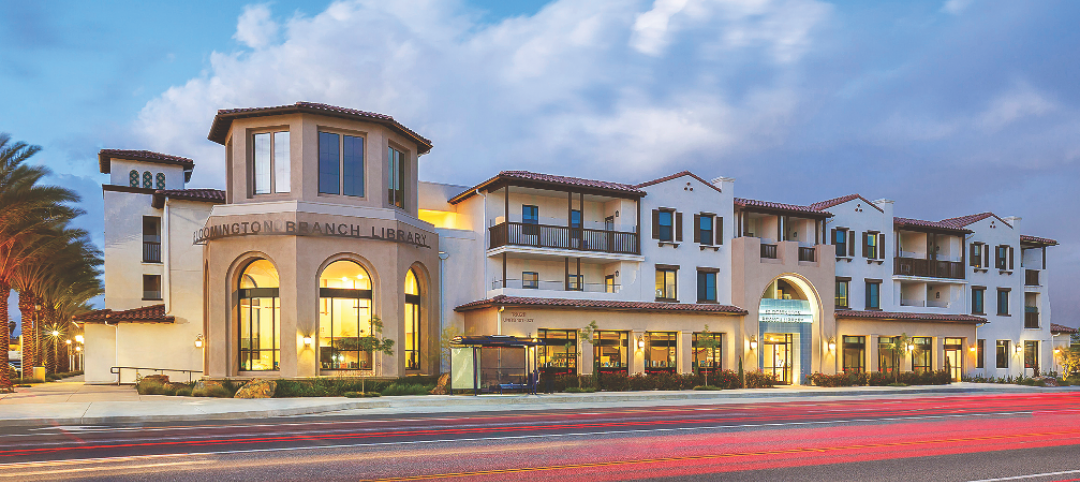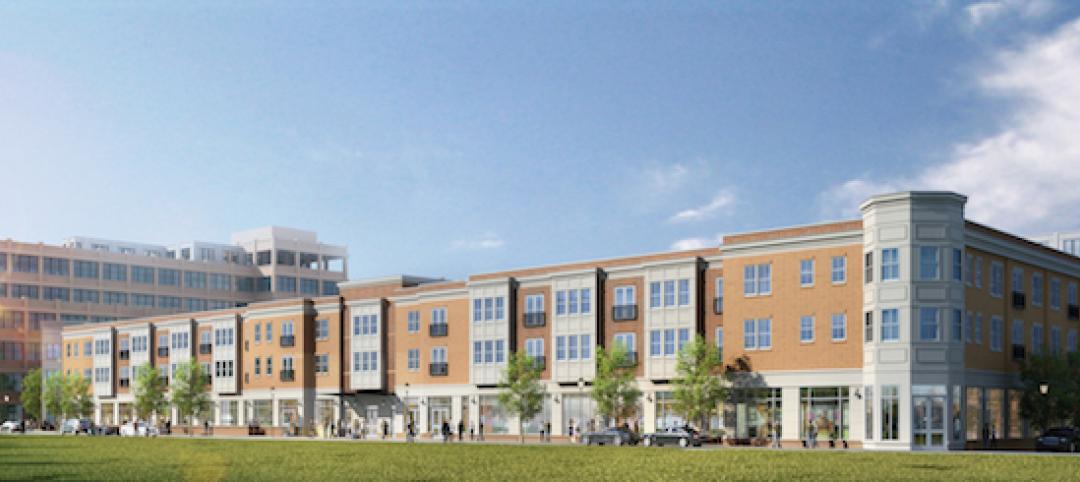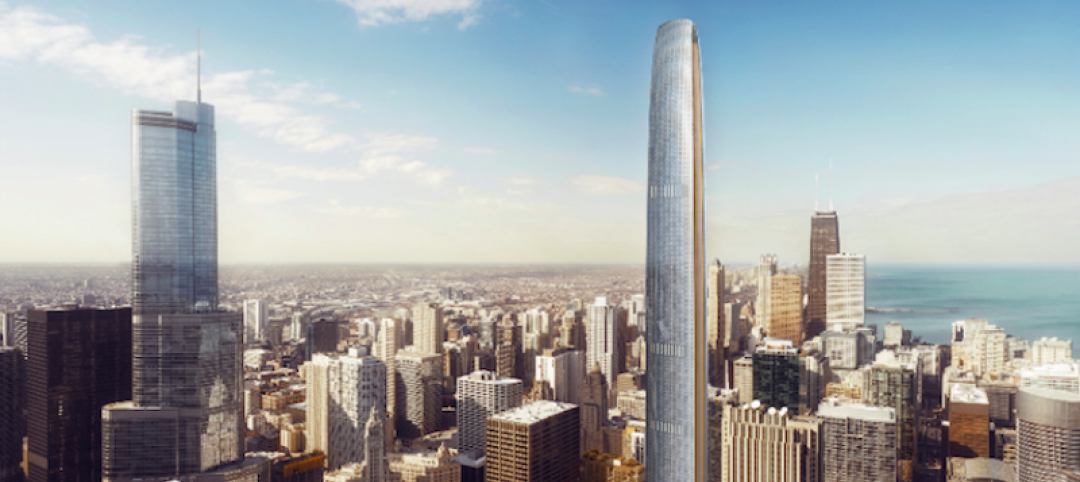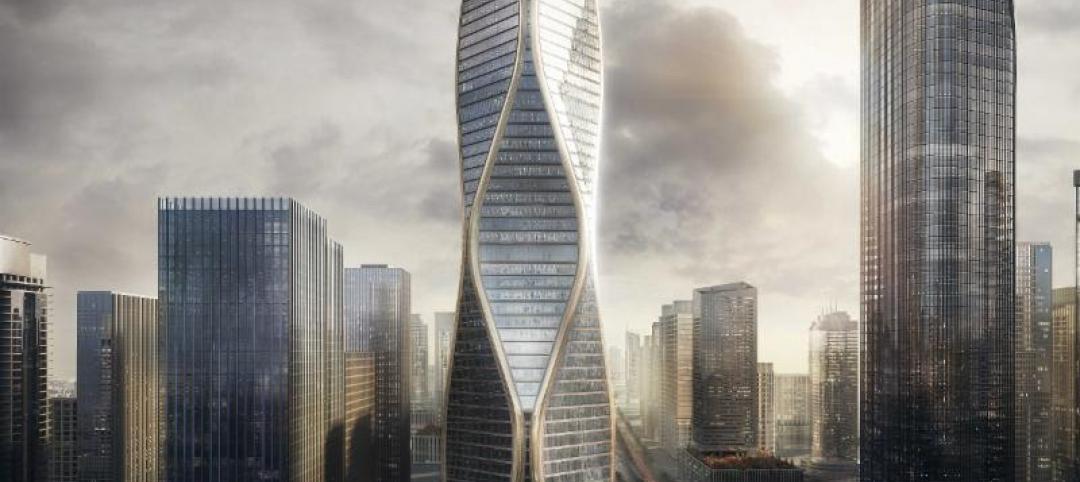The 15-acre Durham (N.C.) Innovation District, envisioned as a 1.7-million-sf mixed-use neighborhood within six blocks near that city’s downtown, is moving forward after opening two new office buildings with a total of 320,000 sf last December.
Stewart, which is providing landscape architecture, urban design, engineering, surveying and construction inspection and testing services for this project, is currently working with Greystar Real Estate Partners on a 300-unit, 250,000-sf residential building with ground-floor retail space, according to George Stanziale, Stewart’s president and director of design. Construction is expected to begin on this project in late third quarter of this year.
Boston-based Longfellow Real Estate Partners, the District’s owner and developer, is building a 175,000-sf full-service lab that should be completed in early 2020; and a parking garage that will be attached to an existing 1,200-car garage, says Jessica Brock, a Partner at Longfellow.
So far, Longfellow—which also owns an estimated two million sf of office space in Durham and Research Triangle Park—has invested in excess of $200 million in the buildout of the Durham Innovation District that is expected to take between five and seven years to complete. This redevelopment is being funded privately.
This is Longfellow’s first ground-up redevelopment. Brock says the city and county are investors in this public-private partnership, and the master plan took 2½ years to hammer out. While the District is heavily focused on R&D, “we also wanted it to be welcoming,” with wider streets, open and green spaces, and restaurants.

New lab space, a parking deck, and a 300-apartment building are in the works at the District. Image: Durham Innovation District, courtesy of Longfellow Real Estate Partners.
Durham has specific guidelines for its streetscape, but Longfellow wanted the District’s neighborhood to have a more contemporary look, which would have required an ordinance. Its designation as an official district of the city allows the District’s focus on innovation and creativity to be reflected in its design, including the incorporation of modern street furniture, from benches and tables to bike racks, tree grates, and trash receptacles.
Durham Innovation District, when completed, would include several parking lots and decks, and 10 buildings, including several existing buildings that already have been redeveloped and repurposed. Stanziale says that Hank Scherick, president of Measurement Incorporated—which develops, writes and grades standardized tests for schools—had been assembling downtown properties for years. Five years ago, Longfellow and Duke University (which already was a major presence in Durham) entered into discussions with Scherick about maximizing the potential of this site with a district that would focus on life sciences within a mixed-use context.
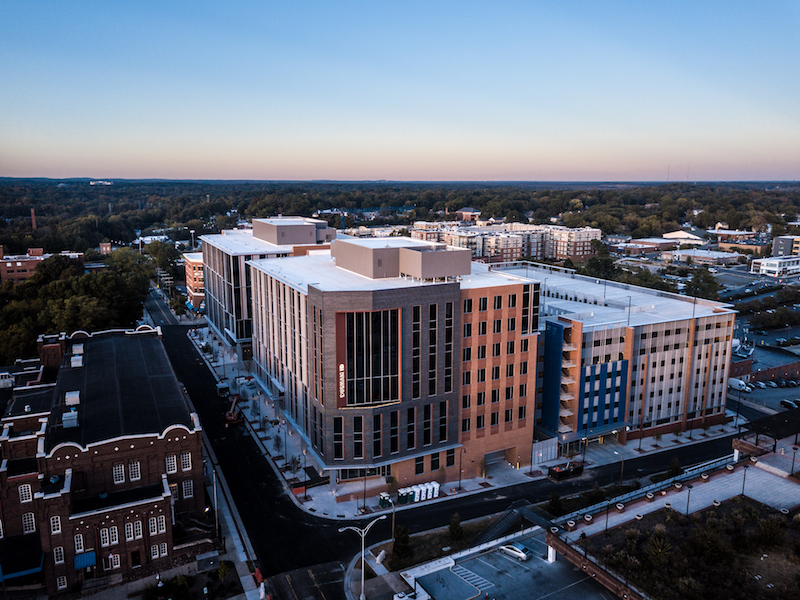 200 and 300 Morris Avenue, the addresses for two office buildings, each 160,000 sf, that opened in December within the District. Image: Durham Innovation District, courtesy of Longfellow Real Estate Partners
200 and 300 Morris Avenue, the addresses for two office buildings, each 160,000 sf, that opened in December within the District. Image: Durham Innovation District, courtesy of Longfellow Real Estate Partners
CBT Architects led the original master plan, and Longfellow brought in Stewart “to mold that plan,” says Stanziale. The site’s Carmichael Building, a former tobacco warehouse built in 1926, underwent a complete makeover to become a 115,000-sf office and lab space that’s leased mostly by Duke-affiliated institutes (such as the Duke Molecular Physiology Institute), and grant-supported programs.
Other buildings within the District have also been upgraded or redeveloped. They include The Measurement Building, whose five stories now feature 65,950 sf of Class A office space above 13,100 sf of street-level retail and 12,100-sf of below-grade parking. (Choate Construction was a contractor on this reconstruction.) The Brodie Duke Building, a former tobacco warehouse that dates back to 1878, offers 100,000 sf of space.
One of Brodie Duke’s tenants is Duda|Paine, which designed the District’s two new office buildings: 200 Morris Avenue and 300 Morris Avenue. (Barnhill Contracting was the GC on the new builds.) WeWork recently agreed to lease 80,000 sf on three floors in 300 Morris Avenue. Duke Clinical Research Institute leases all 160,000 sf of 200 Morris.
The old BC Building within the District has been redeveloped for 60,000 sf of new space. Another old warehouse, the Imperial Building, has been redeveloped for 125,000 sf of space whose tenants include the Duke Innovation and Entrepreneurial Initiative.
Related Stories
Mixed-Use | Jul 17, 2018
Water Street Tampa’s developer reveals details about this project’s public spaces
This $3 billion waterfront neighborhood will also include three hotels.
Urban Planning | Jul 6, 2018
This is Studio Gang's first design project in Canada
The building’s hexagonal façade will provide passive solar heating and cooling.
Mixed-Use | Jun 5, 2018
Seattle’s new mixed-use complex merges new construction with a repurposed 1921 funeral home
SkB Architects designed the complex.
Multifamily Housing | May 30, 2018
Concentrated redevelopment: Apartment complex takes mixed use to the next level
An “intergenerational” mixed-use apartment complex may be a prototype for reenergizing neglected neighborhoods in America’s largest county.
Mixed-Use | May 16, 2018
Los Angeles mixed-use building uses prefabricated wood frame to reduce costs
SPF:architects designed the building.
Adaptive Reuse | Apr 26, 2018
Edison Lofts building is New Jersey’s largest non-waterfront adaptive reuse project
Minno & Wasko Architects & Planners designed the building.
High-rise Construction | Apr 17, 2018
Developers reveal plans for 1,422-foot-tall skyscraper in Chicago
The tower would be the second tallest in the city.
Mixed-Use | Apr 5, 2018
SOM unveils design for 54-story mixed-use tower in Hangzhou, China
The tower will rise 944 feet.
Mixed-Use | Apr 4, 2018
Shenzhen’s Mawan Mile master plan will include a ‘boulevard in the sky’
HASSELL won a competition to design the new mixed-use district.
Multifamily Housing | Feb 22, 2018
Multifamily building with 25,000 sf of amenities rises on the shore of the Potomac River
The building is part of the National Gateway mixed-use development at Potomac yard.






